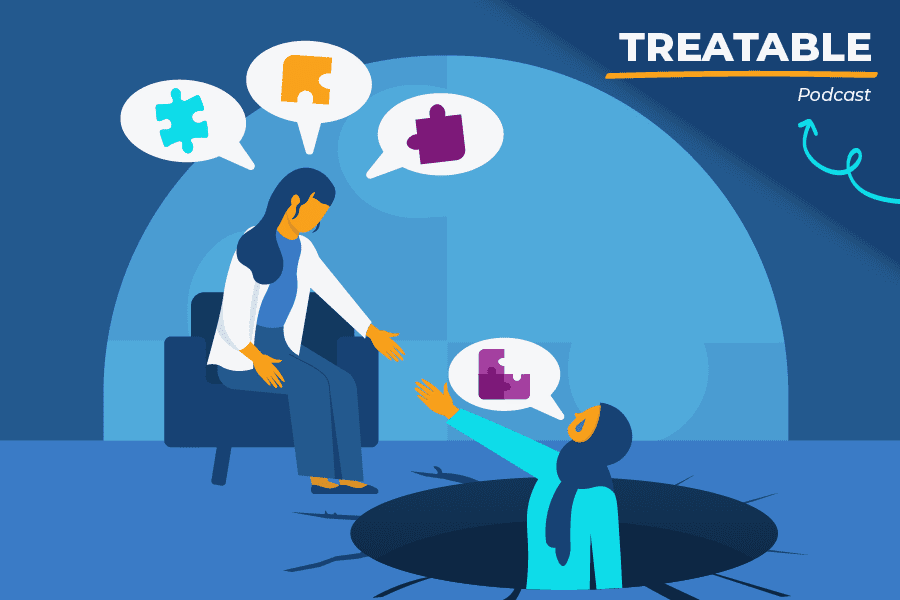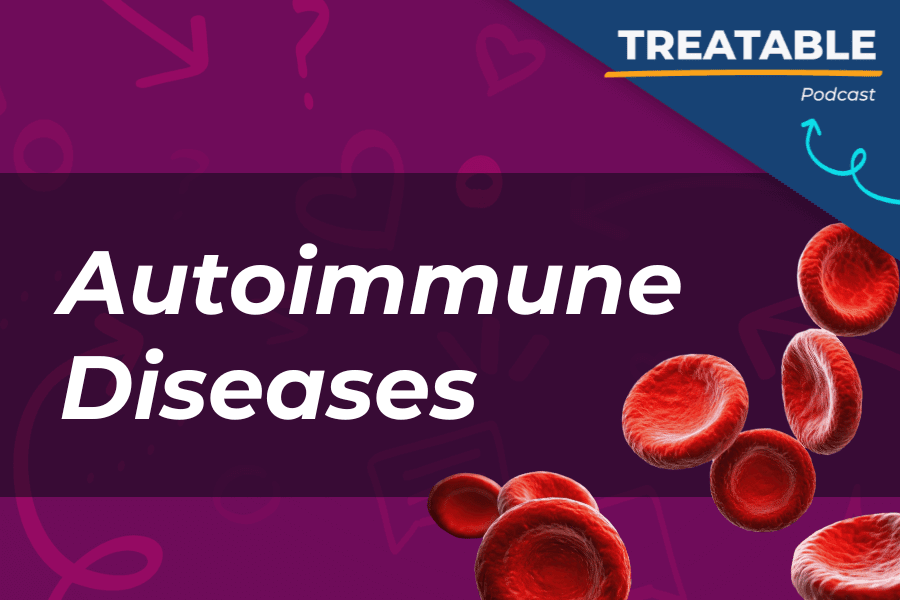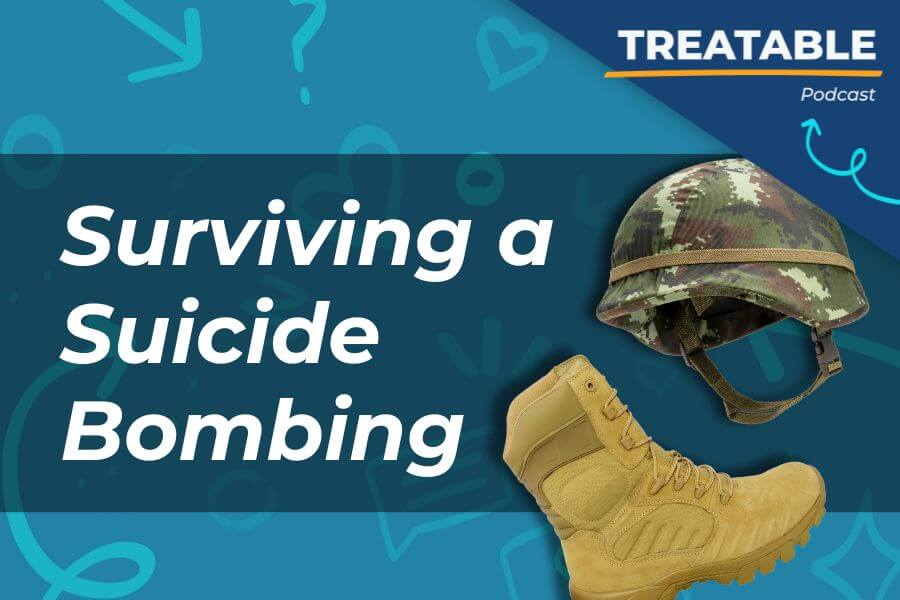Introduction
When you really think about it, therapy is kind of weird. You’re paying a stranger to listen to you talk about your problems, and let’s be honest—that doesn’t always sound appealing.
Perhaps you don’t want to spill the details of your life, but still seek some outside help. If that resonates with you, you’re in luck! There are numerous therapeutic modalities that extend beyond the traditional talk therapy.
And today, we’re going to explore three of them: Accelerated Resolution Therapy (ART), Exposure Response Prevention (EXRP), and Dialectical Behavior Therapy (DBT).
This podcast is all about unpacking mental health topics with experts who show us that change is possible.
In today’s episode, we explore three therapeutic modalities that go beyond conventional talk therapy, featuring licensed therapist and certified therapeutic recreation specialist, Samantha Crean, who specializes in helping teens overcome life’s challenges.
Samantha advocates for trauma-informed care and employs a unique blend of active engagement, creativity, and evidence-based therapies like ART, EXRP, and DBT to assist her clients.
ART (Accelerated Resolution Therapy)
“ART” stands for Accelerated Resolution Therapy. This relatively new therapy utilizes eye movements to help reprocess memories and life stressors, regulating our bodies in the process.
According to Samantha, ART is designed to be quick and short-term, with results often seen within one to five sessions, making it appealing for those who have experienced significant trauma but don’t want to discuss it in depth.
ART particularly helps people with traumas, depressive symptoms, anxieties, and phobias.
It uses guided imagery, asking clients to envision distressing situations and then using eye movements to reprocess those memories.
This bilateral stimulation activates the parasympathetic nervous system, helping the body to relax and mitigate the emotional distress associated with the memories.
Comparing ART and EMDR
Eye Movement Desensitization and Reprocessing (EMDR) is another trauma-informed therapy involving eye movements or other bilateral stimulation, similar to ART.
However, EMDR tends to be a longer-term therapy, while ART produces results more quickly.
In ART, clients visualize distressing events and feel their body sensations, using bilateral stimulation to process the trauma out of the body more efficiently.
EXRP (Exposure Response Prevention)
EXRP stands for Exposure Response Prevention. This therapy is particularly useful for people with anxiety, social anxiety, and phobias.
By creating a hierarchy of fears—from the least to the most anxiety-inducing—clients gradually expose themselves to their fears in small, manageable steps.
For instance, if someone fears elevators, their hierarchy might start with looking at pictures of elevators, progressing to watching videos of elevators, and eventually riding one.
Samantha emphasizes that EXRP isn’t about throwing someone into their deepest fear immediately; it’s about gradual exposure to desensitize the individual to their anxiety triggers.
EXRP can also be adapted for people with Obsessive-Compulsive Disorder (OCD) by reducing the compulsive behaviors that are often used to alleviate anxiety.
DBT (Dialectical Behavior Therapy)
Dialectical Behavior Therapy (DBT) is designed for people struggling with emotion regulation, suicidal thoughts or actions, self-harm behaviors, eating disorders, and substance abuse. DBT incorporates four stages:
- Behavioral Control: Reducing self-harming behaviors.
- Emotional Experiencing: Allowing clients to fully experience and manage their emotions.
- Quality of Life: Enhancing life skills and repairing relationships.
- Maintenance: Sustaining the improvements made.
DBT involves practical skills that are often learned in a group environment, enhancing social support and practical application. Clients also have access to phone coaching for real-time support, making DBT a comprehensive and cohesive approach to therapy.
The Importance of Comprehensive DBT
For DBT to be truly effective, it should be comprehensive, involving:
- Individual therapy sessions.
- Skills groups for learning and practicing the skills.
- Phone coaching for real-time support.
- Consultation groups for therapists to ensure the best approaches for each client.
This multi-faceted approach ensures that no aspect of a client’s treatment falls through the cracks and provides a robust support system.
Incorporating Recreational Therapy
Samantha emphasizes the importance of recreational therapy in her practice, using creative methods like music, art, and leisure activities to build rapport and help clients feel safe.
This initial connection is crucial for effective therapy, especially for teens who might be resistant to traditional therapeutic methods.
In one example, Samantha engaged a client through their shared interest in Kid Cudi’s music. This connection helped the client feel understood and opened the door to deeper, more probing therapeutic work.
Final Thoughts
Therapy isn’t one-size-fits-all. Techniques like ART, EXRP, and DBT offer varied and often more approachable forms of therapy for those who may not be comfortable with traditional talk therapy.
Whether dealing with anxiety, trauma, or self-harm, these methods make mental health treatment both accessible and effective.
For more information, you can visit Creative Healing Philly to learn more about Samantha Crean and her approach to therapy.



